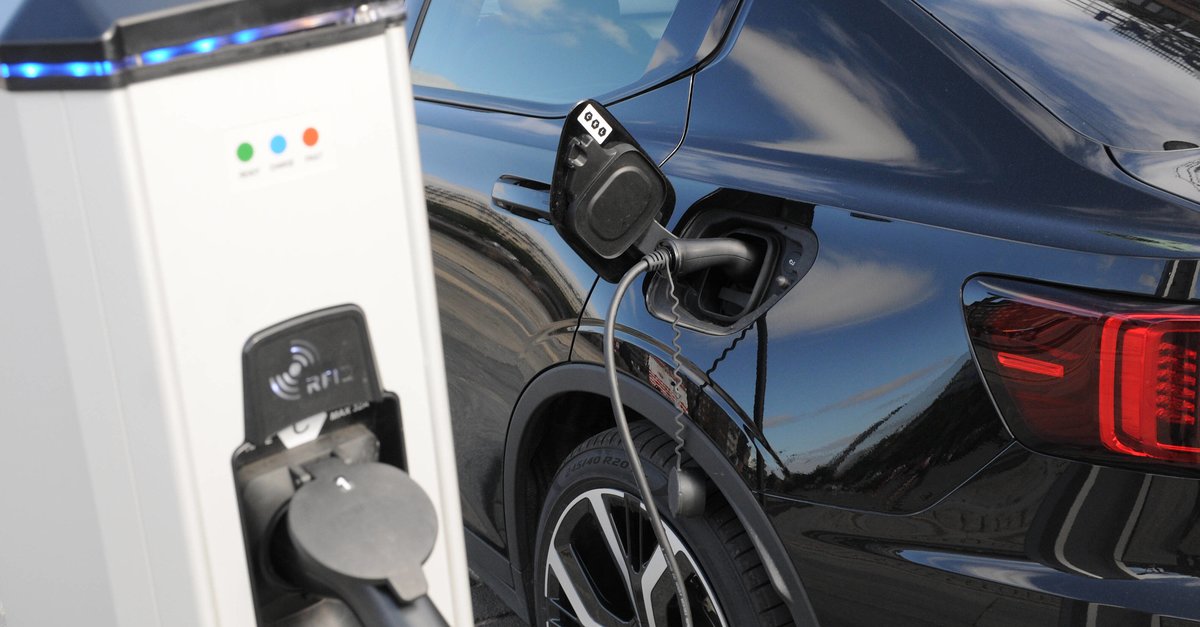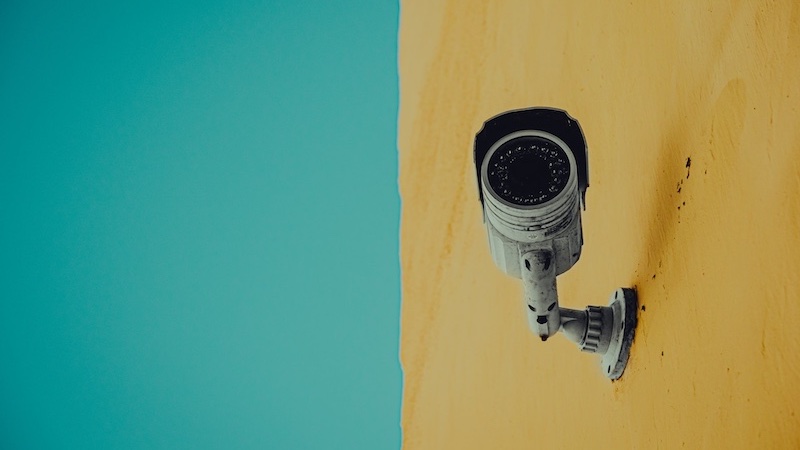France is building its first floating wind turbine
France wants to significantly increase the share of renewable energies in its power grid. That is why our neighboring country is now building its first floating wind turbine. More projects of this kind are to follow.
In recent years, the expansion of renewable energies has experienced a significant boost. The reason: the ambitious climate targets of many nations and the falling prices for green electricity. In addition to solar systems, wind power is also becoming increasingly important. Our French neighbors also recognize this.
Because during the expansion of wind turbines on land and on water in this country stagnated for years, work begins on a floating system in France. The first wind farm of this kind should ideally be generating electricity from as early as 2024. A high-performance cable can transmit up to 63 kilovolts.
France relies on floating wind turbines
There is a crucial reason why France is prioritizing the expansion of floating wind turbines. Because 20 kilometers off the coast of Perpignan, the wind turbines don’t bother anyone. At the same time, a huge unused area is available on the sea.
For the new system, manufacturer Vestas anchors three wind turbines at a depth of around 100 meters. Each floating wind turbine should meanwhile deliver an output of up to 10 megawatts.
In this way, France wants to increase the share of renewable energies in its electricity mix and make the country less dependent on fossil fuels. In addition, our French neighbors also want to do so in the coming years on nuclear power set in order to be able to intercept drops in performance as effectively as possible.
Significantly more projects planned by 2050
The floating wind turbine now under construction should not remain the only one. Two more pilot plants are already being planned. They should be created in the Mediterranean Sea in direct proximity to their own coast. By 2050, the government plans to commission around 50 offshore wind farms.
Then these systems alone could cover almost a third of the daily electricity requirement. Because operators of such systems have the opportunity to “harvest” significantly more energy from the wind, especially on the water. France is thus demonstrating its own commitment to achieving the climate goals.
Also interesting:


